Do you want to learn how to install WordPress on Windows 10? You might want to install it as it helps you to:
- Creating a WordPress website on your computer without any hosting.
- Bring your site to the staging area to test different features without breaking the production environment.
- Scanning your download theme and plugins for malware.
- Learning WordPress since you cannot afford a hosting provider.
- Penetration testing of your website.
Whatever the reason, you’ll enjoy reading the guide. Each step has screenshots and is visually explained — screenshots and GIFs.
Let’s first discuss what WordPress is.
What Is WordPress? Explained for Beginners
Note: In this article, we’ll discuss WordPress.org, not WordPress.com. Both are different platforms truly tailored towards different audiences and purposes.
WordPress is the simplest way to build your website.
It's a CMS that allows you to create and manage a website or blog. WordPress is one of the most popular CMS platforms in use today, powering millions of websites and blogs around the world. Therefore more than 39% of the websites are powered by WordPress.
Another fact that makes WordPress is a success is its open-source nature — licensed under GPLv2. This license allows anyone to use and modify WordPress for free.
Some people presume free things are cheap and not well maintained and developed, but it’s not the case with WordPress. Big brands of the internet use WordPress to manage their websites.
For example, Microsoft, a company with a 1.8 trillion dollar market cap, utilizes the power of WordPress for its news section.

Sony, another big company with a 135 billion dollar market cap, employs WordPress on its Playstation blog and Sony Music.

You’ll be shocked to know Disney also uses WordPress. ?
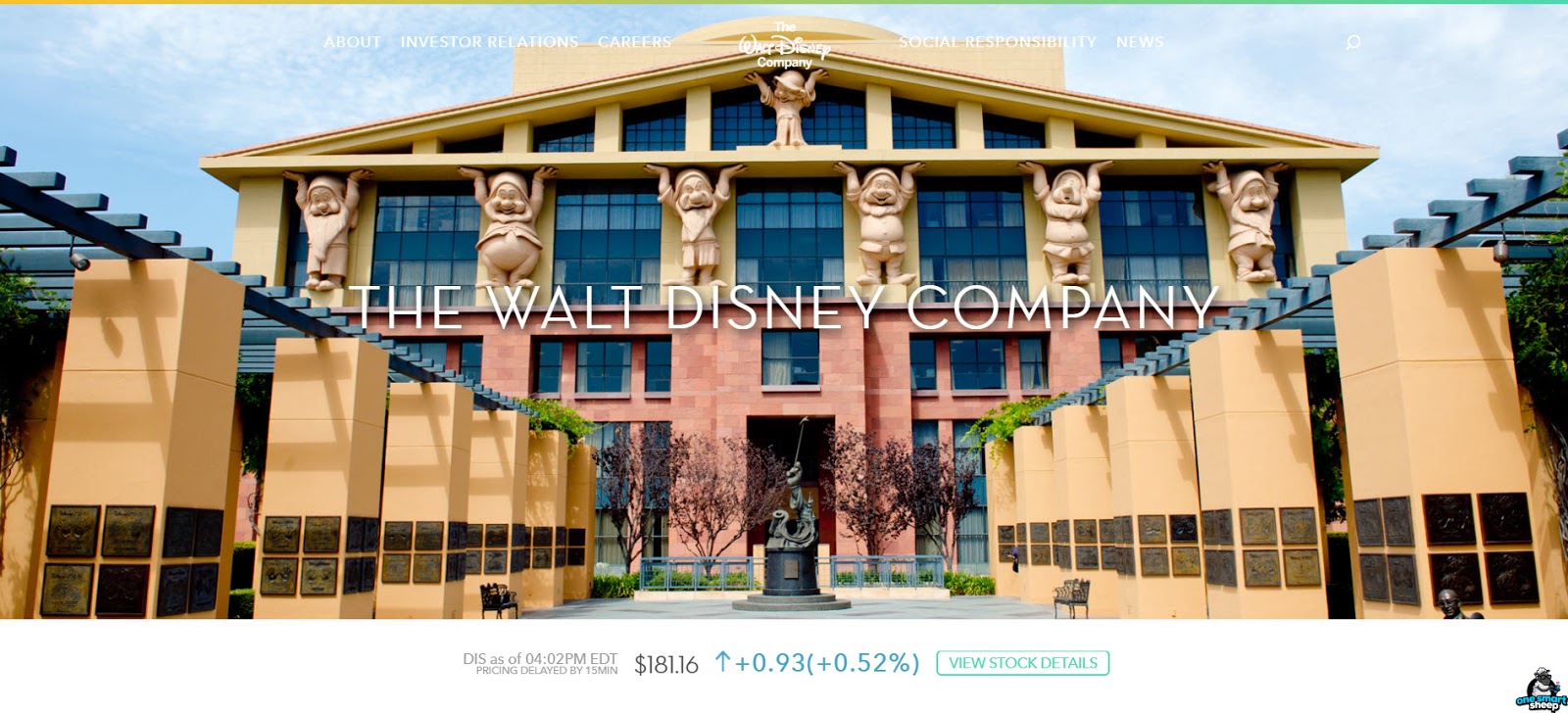
Did you know? WordPress can create powerful eCommerce sites. Yep, you can run a fully functional eCommerce website without purchasing any expensive software. Of course, you can install it on your Windows 10 as well.
Some beginners get confused about WordPress.org and WordPress.com. In a nutshell, WordPress.org is truly open source and FREE for everyone to use, distribute and make changes.
Moreover, it’s self-hosted meaning you can host it on any hosting company or even install it on your Windows 10 PC as localhost.

On the other hand, WordPress.com is a freemium product, meaning the basic plan is free, but to get more features you need to pay for a subscription as you pay for Netflix.

It’s highly recommended to go for WordPress.org since you will have 100% freedom and control. You can store it on your computer even if the hosting company goes bankrupt.
Why Not Install XAMPP?
On the internet, you’ll find everyone teaches you to install XAMPP on your local machine.
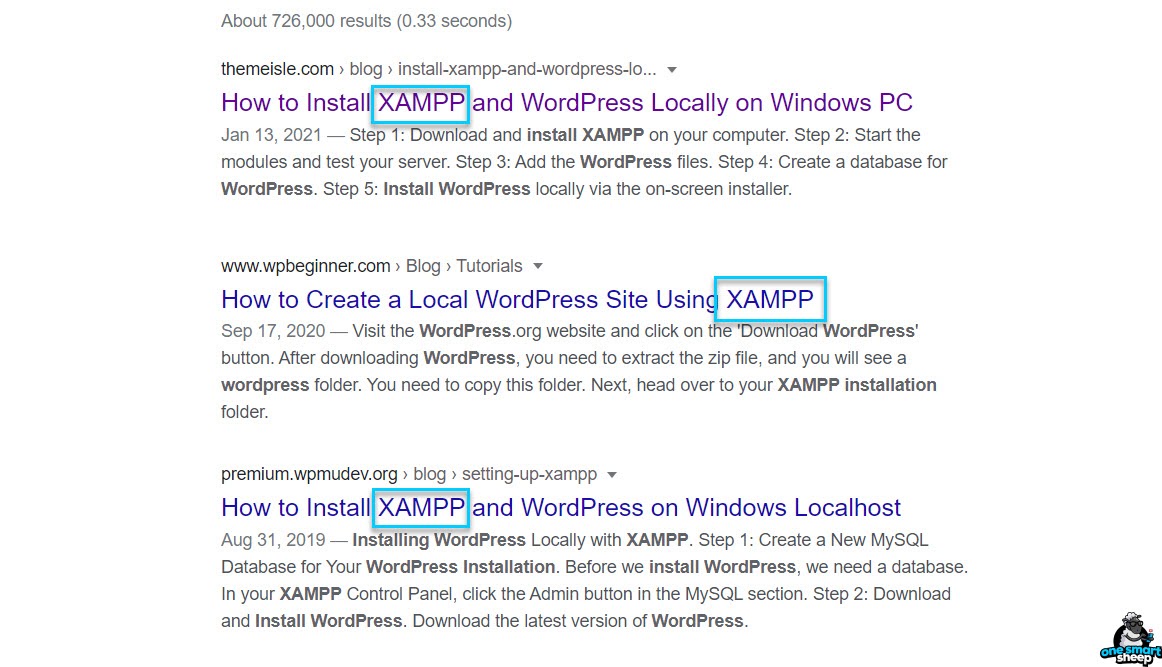
It works, but it’s extremely slow. You’ll waste countless hours that otherwise could be put into productive time.

Instead of using XAMPP, I’ll recommend using Local WP — easier to set up and faster than XAMPP.
It's a lightweight software, and it comes with an easy-to-use control panel that makes managing your local WordPress site a breeze.
Benefits of Installing WordPress on Windows 10 Locally
Having a local version of your website is incredibly useful when it comes to testing out changes and managing updates. Many website developers, coders, content creators, and website owners are turning to the path of creating sites locally with WordPress due to its robust system, wide range of customization options, and scalability.
Installing WordPress locally on your Windows 10 computer has several benefits for both website developers and website owners. Some of these benefits include:
Time-Saving Previews
Preaching changes before pushing them onto the live site can save hours upon hours in revisions and reloading pages. By testing coding changes quickly without having an online connection or FTP access, you can quickly determine if any code changes work correctly before taking them live.

Exploration Environment
When setting up a local development environment, you have the freedom to tinker without having to worry about breaking something publicly facing. This allows developers to explore new features, plugins, themes, and more without the risk of breaking live websites during testing.
Additionally, using non-production server resources on-hand during development time limits the amount of research time needed as everything is configured just as it would be on your public webspace!
Security & Backups
With an offline version of your site, you don’t have to worry about malicious hackers entering through existing vulnerabilities in your web host’s server setup or other potential security risks that come with hosting a site remotely.
You also control all backups, so even if something happens where data is lost from a third-party provider, there will always be a resource available for a quick recovery! Additionally, backing up data locally can provide greater redundancy should anything happen externally with cloud services or web hosts running remote databases etc.
Speed & Performance
A locally hosted version of WordPress will almost always be faster than one hosted remotely because there is no need for Internet or network latency that often comes along with remote hosting solutions like shared servers etc. Plus, suppose you want better performance out of your WordPress installation.

In that case, you can configure custom caching solutions which would likely not be possible with most remote hosting providers (due to existing firewalls). Lastly, having faster page loads creates a better user experience, leading to higher conversion rates!
Cost Savings
Taking advantage of local development has numerous cost savings opportunities associated with it in terms of hardware requirements (especially if running multiple sites), electricity costs associated with running physical machines 24/7 vs. virtual ones as well as fewer software licenses needed since they aren’t hosted publicly by web hosts charging monthly/yearly fees.
In general, this means less money spent overall (and more profit!) for those wanting their private test environment sans expensive shared hosting costs!
Ultimately installing WordPress locally on Windows 10 offers numerous benefits for developers who want speedier previews and cost-effective ways to manage their sites while owning their own backups for quick recoveries should anything go wrong outside the immediate reachable resources gained through remote hosting services offered by most popular web host providers today!
Step by Step Guide to Installing WordPress on Windows 10
Installing WordPress on Windows 10 requires a lot of hard work, but I have simplified the process for you.
Step 1 - Download LocalWP
The first step is to download LocalWP from the official website.

The best part is the availability of LocalWP for Windows, Mac, and Linux. In other words, you can use it on any operating system.

Note: It's very important that you use a professional email for downloading LocalWP because if you use a regular email address, it won't start downloading. Other than the email, you don't need to fill out other fields.
The total file size is 452 at the time of writing this post; it might take some time to download it depending on your internet connection speed.
Step 2 - Install LocalWP
The second step is to install LocalWP after you have downloaded it.

Step 3 - Run LocalWP
Once installed, it’s time to run it.
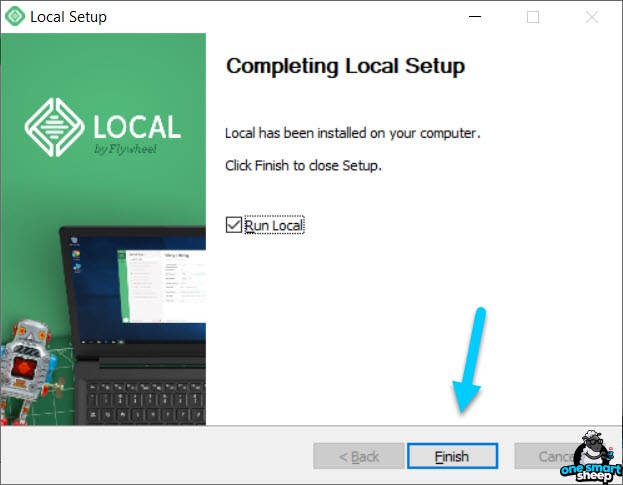
Step 4 - Create a WordPress Website
When you run the program, you’ll see a small button that says Create a New Site, click on it to proceed.
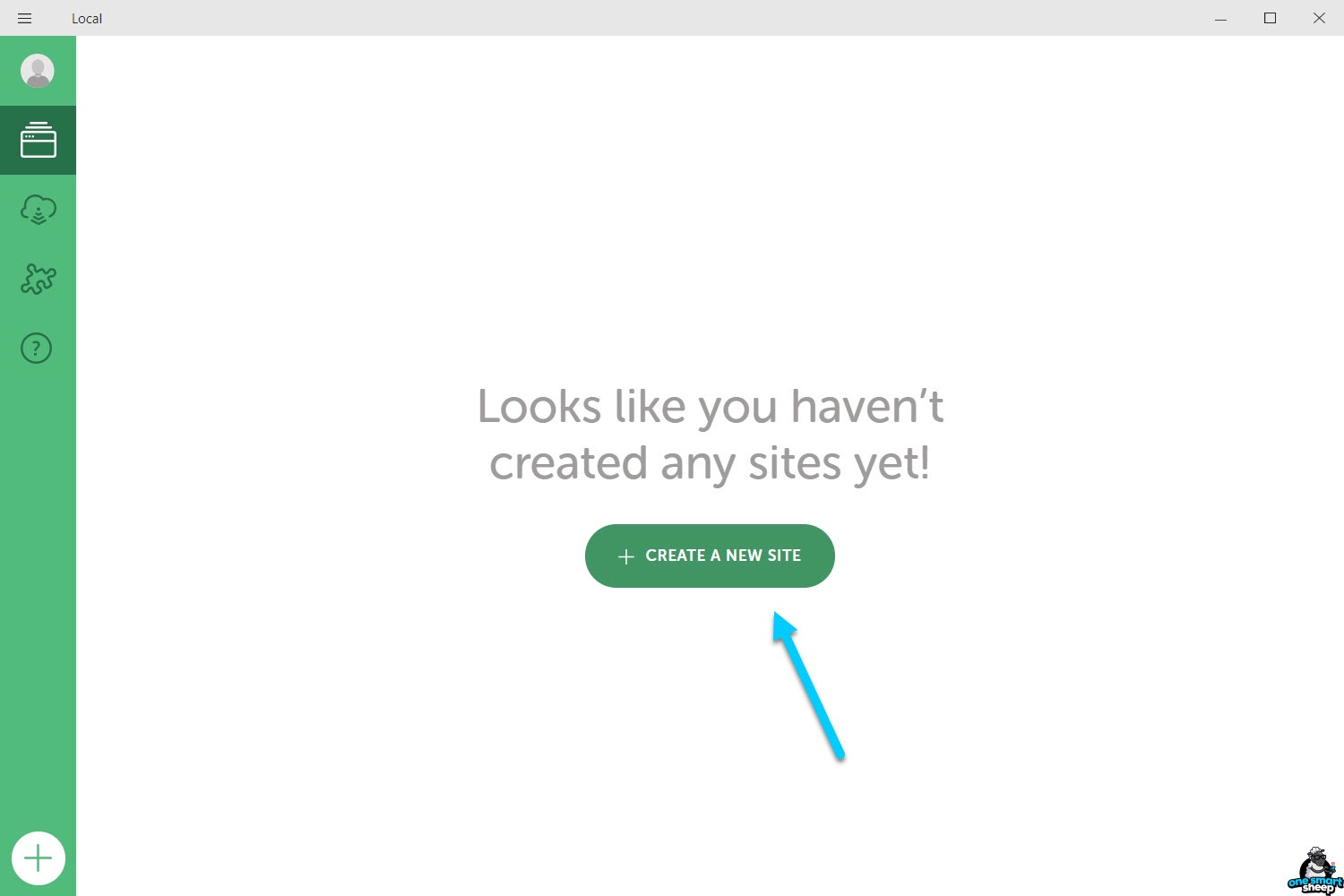
Secondly, you need to put the name of your website. It’s helpful to distinguish your WordPress websites when you have installed dozens of websites.
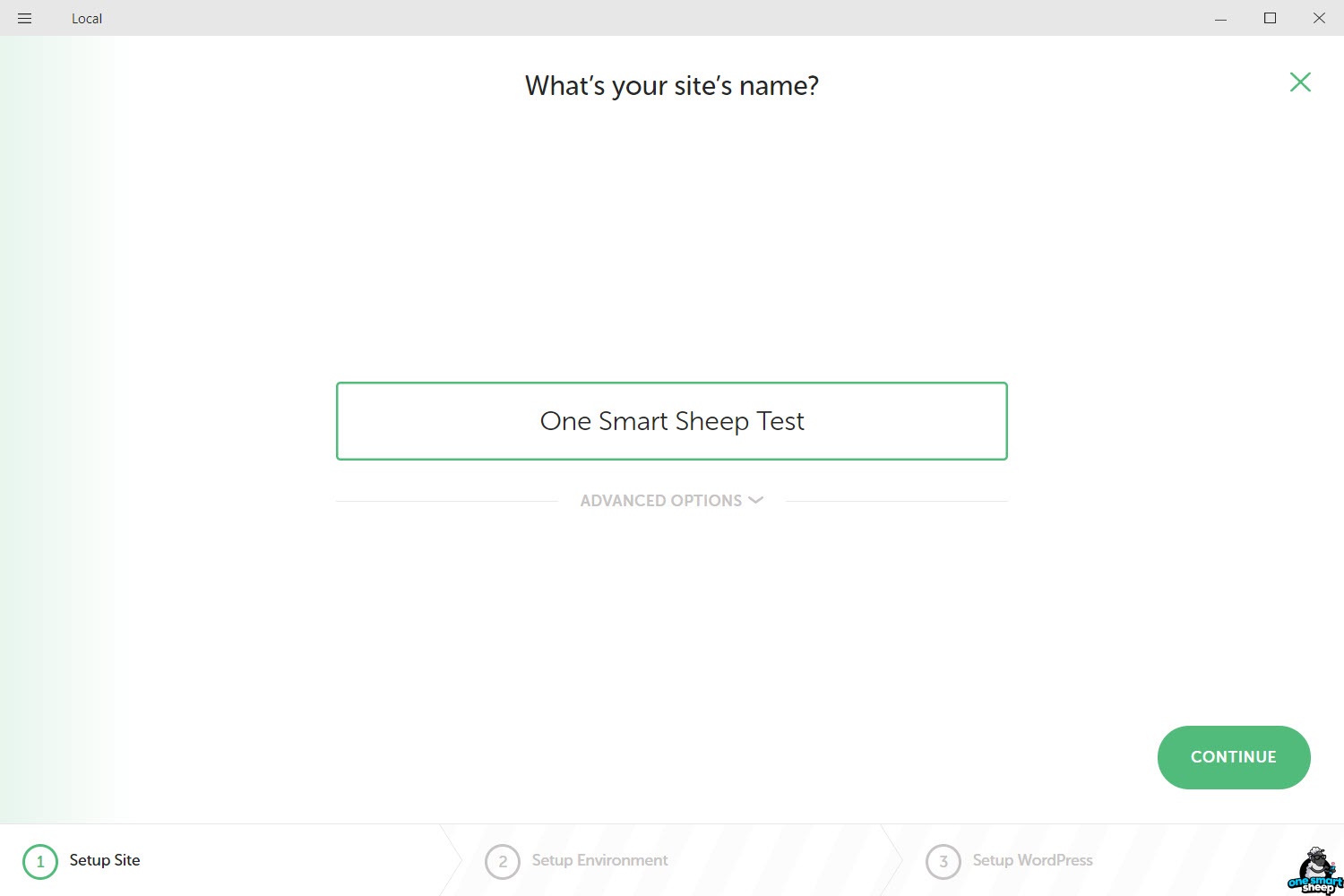
Now comes the most important part of the tutorial — selecting the webserver and applications. I’ll recommend going for the Preferred configurations otherwise you can use PHP up to 8 versions, Apache or Nginx web server, and MYSQL up to 8 versions.
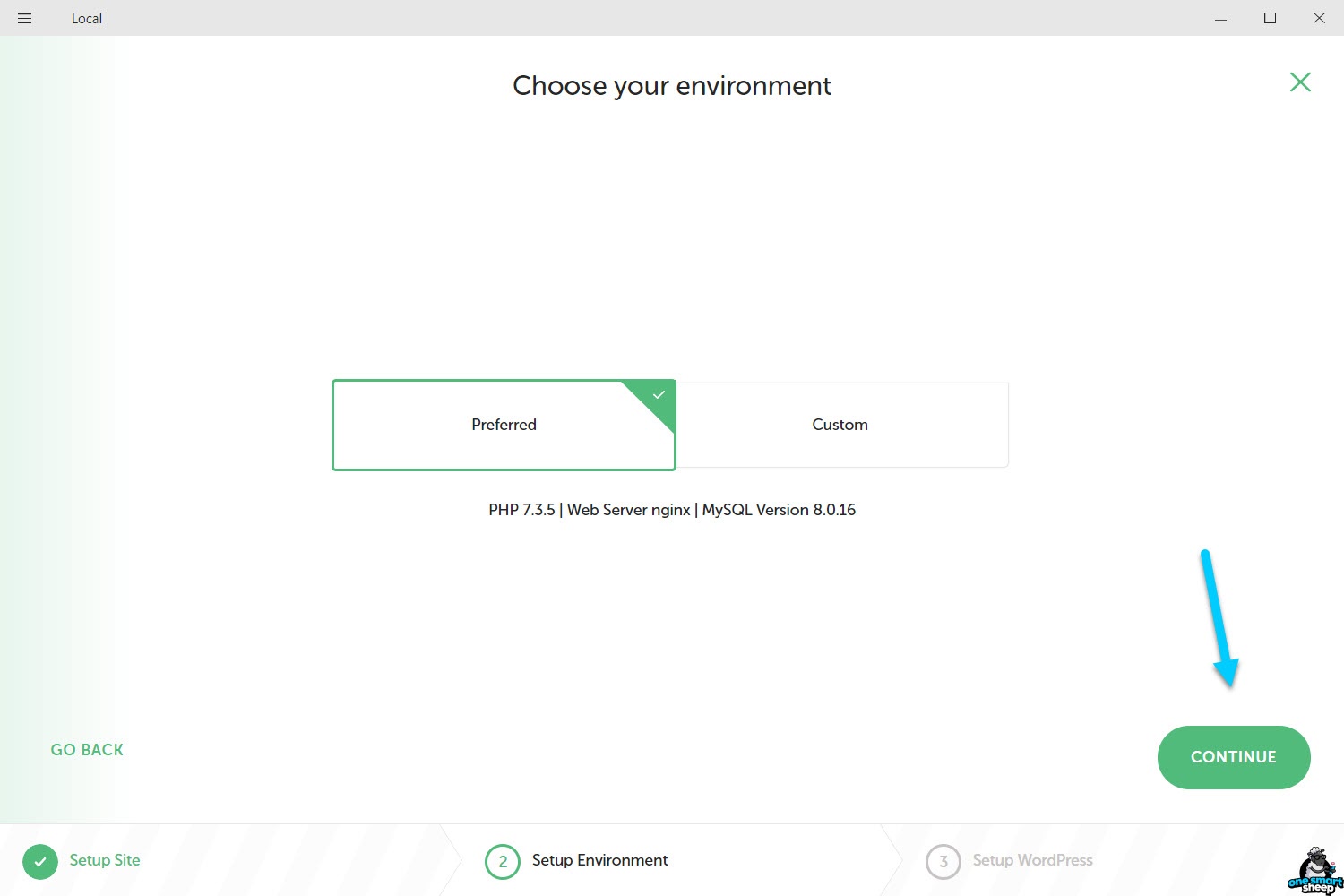
Now decide the username and password you want to use for your WordPress website.
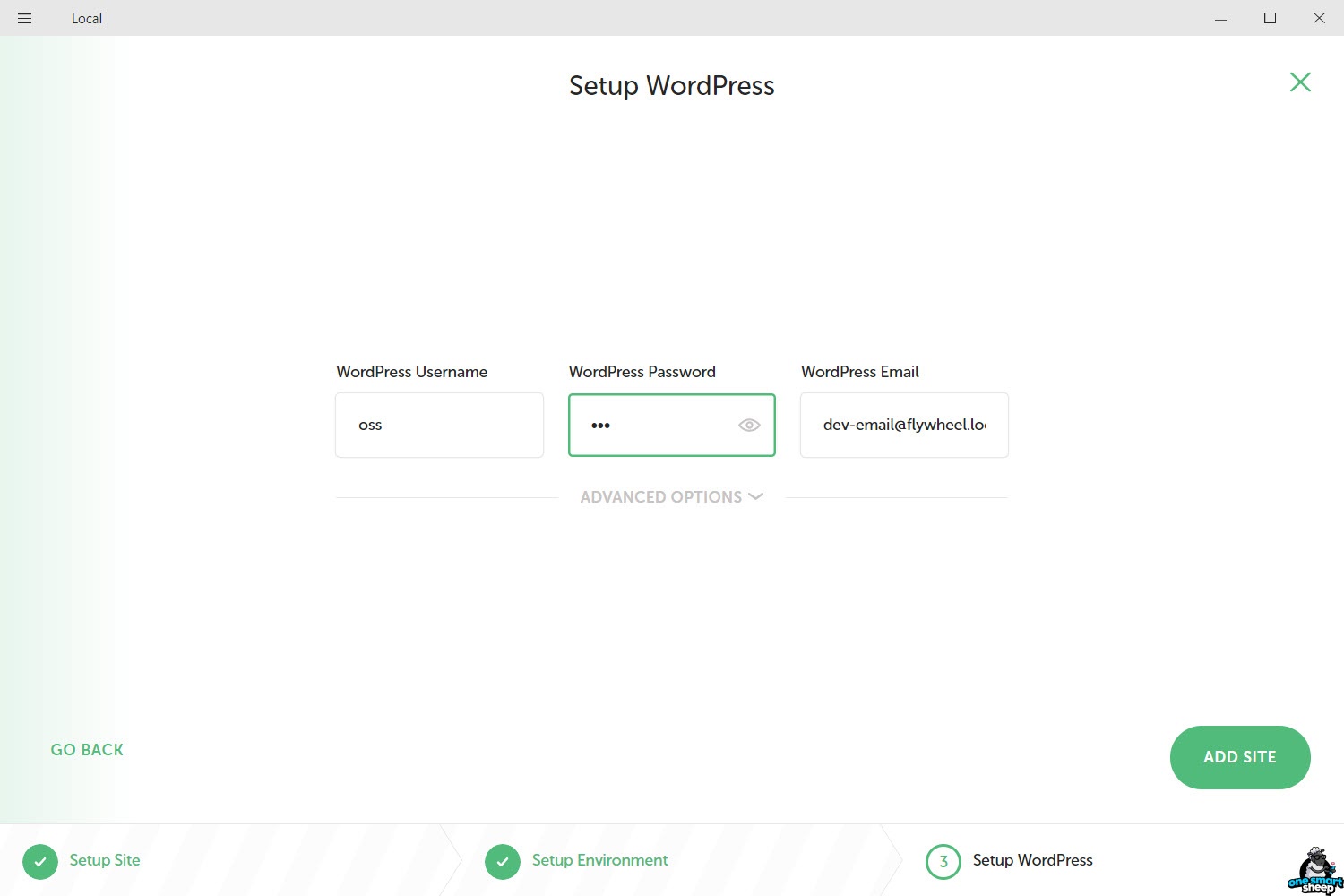
It will take a few minutes to complete the process, from establishing a database to installing the latest WordPress version.
Hurrah! WordPress has been installed.

As soon as you click Admin, you’ll be redirected to type your username and password.
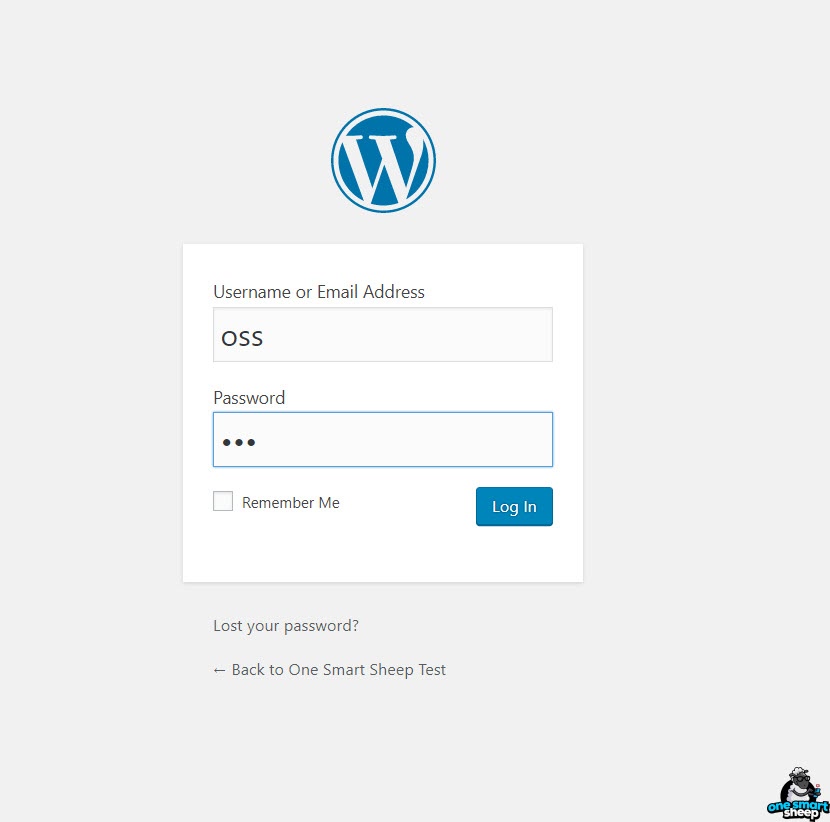
Yeah! WordPress has been installed successfully.
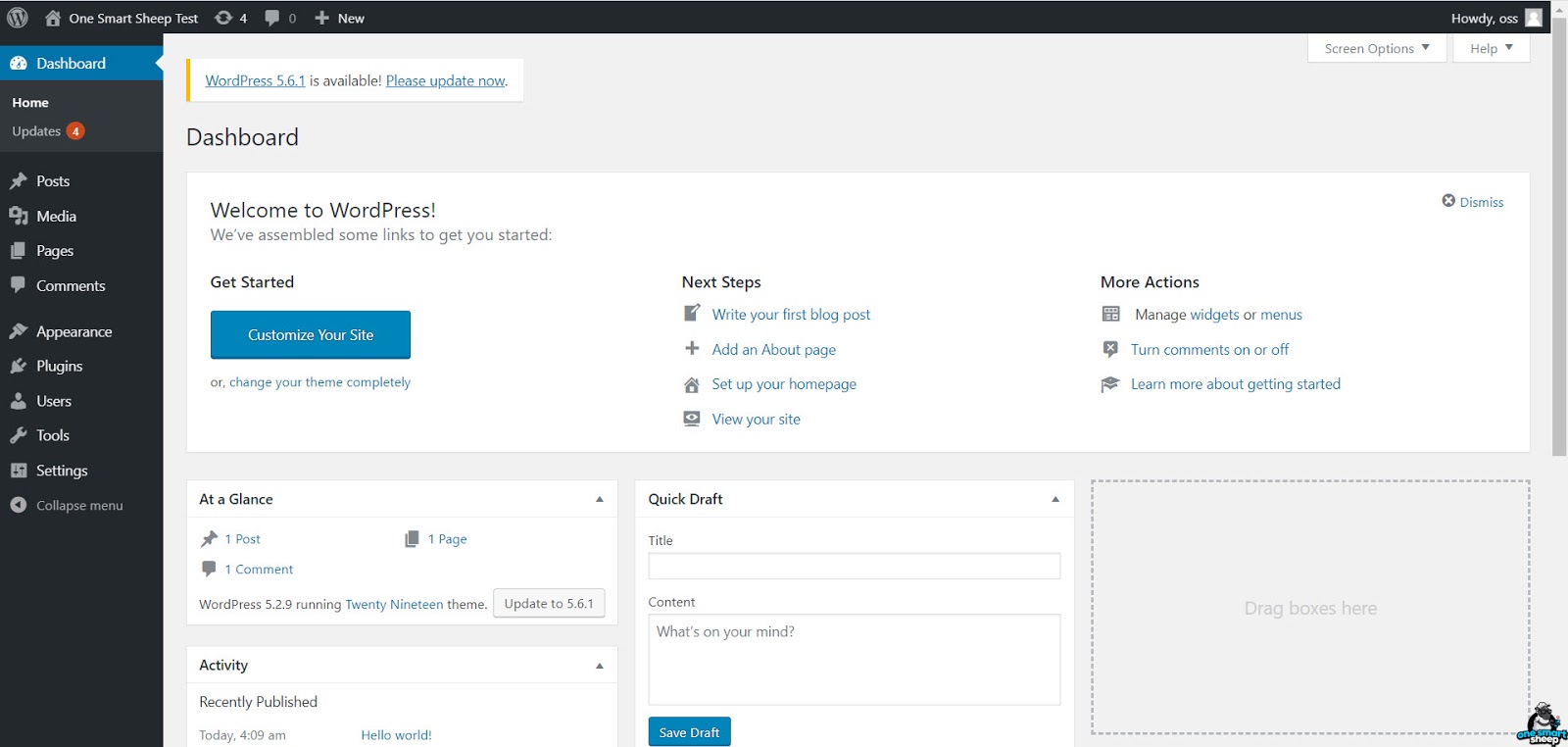
Step 5: Installing WordPress on Windows 10 using InstantWP
Download and Install InstantWP on your Windows 10 computer from the official website.

Run InstantWP, which will automatically start a local web server on your computer.
Open your web browser and navigate to "http://localhost/iwp/". This will open the InstantWP control panel.
Click on the "Create a new WordPress" button in the control panel and enter your desired website details such as site title and admin username and password.
Click on the "Create" button and WordPress will be installed on your local server. You can now access your new website by navigating to "http://localhost/iwp/wordpress" in your web browser and log in to the admin dashboard with the details you provided in step 4.
Please Note: you will need an internet connection to download and install InstantWP, but once it's installed you can use it to create and run a WordPress site offline.
Installing WordPress on RAM to Make It 10 Times Faster
Have you ever imagined installing WordPress on your RAM to make it incredibly fast? Of course, we’ll use Windows 10.
I’ll recommend installing AMD Radeon™ RAMDisk since it’s free up to 4GB of RAM — enough for a WordPress installation.

Once you have installed it, open it.

Make a disk size of 1000MB and start RAMDisk. Then you can install LocalWP on this RAMDisk associated with Drive Z generally.
What Makes LocalWP Better than XAMPP?
- It installs WordPress on localhost, but on a domain name.

- It supports two web servers Nginx and apache, making an ideal application for developers who love Nginx.
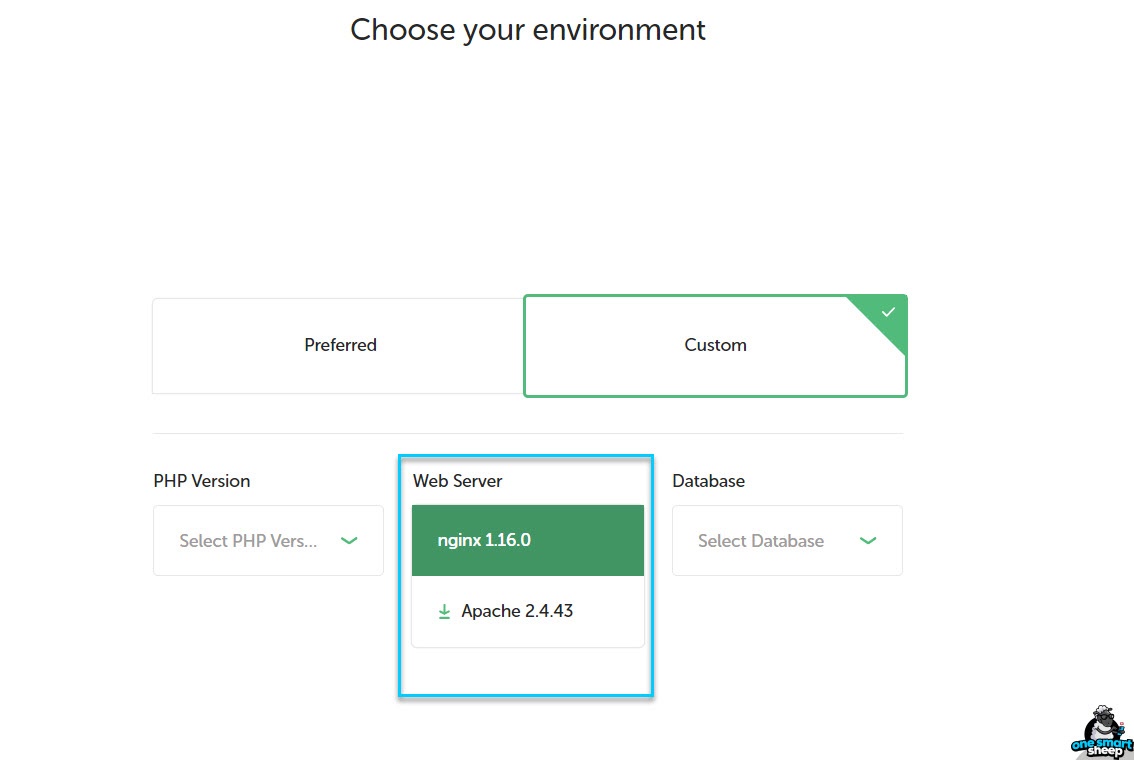
- It supports WordPress multi-sites advanced configuration.
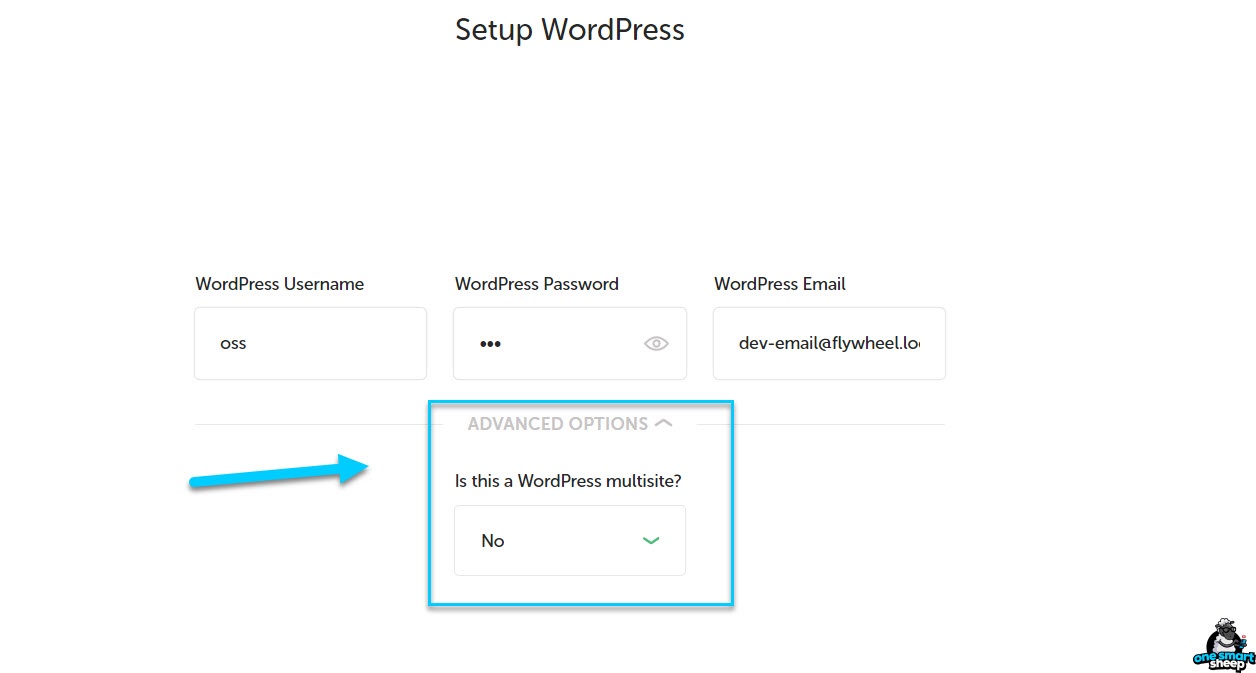
- You can test your website on the latest technology to find out whether it breaks or makes your website faster.
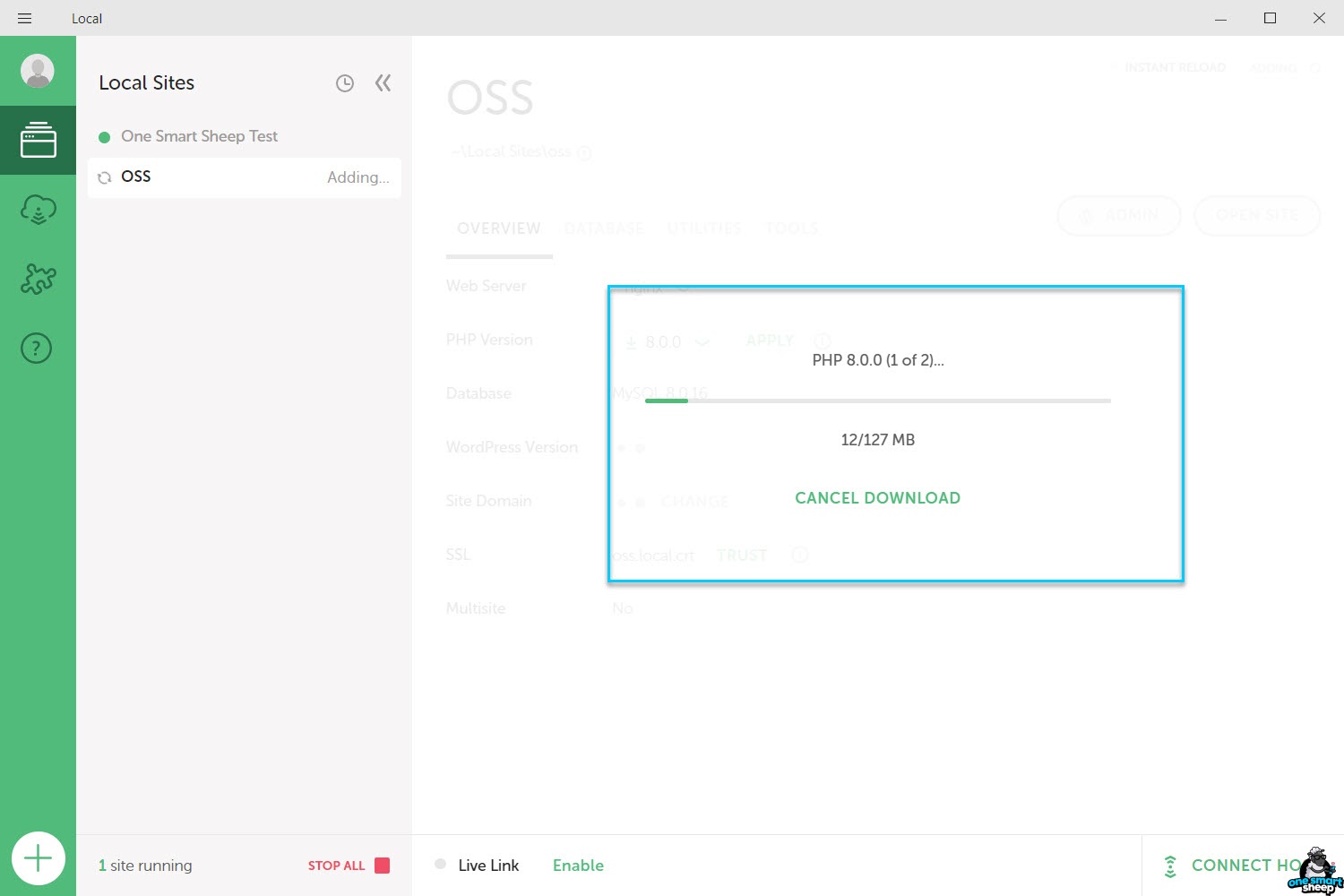
- The best part? It has a dark mode feature.
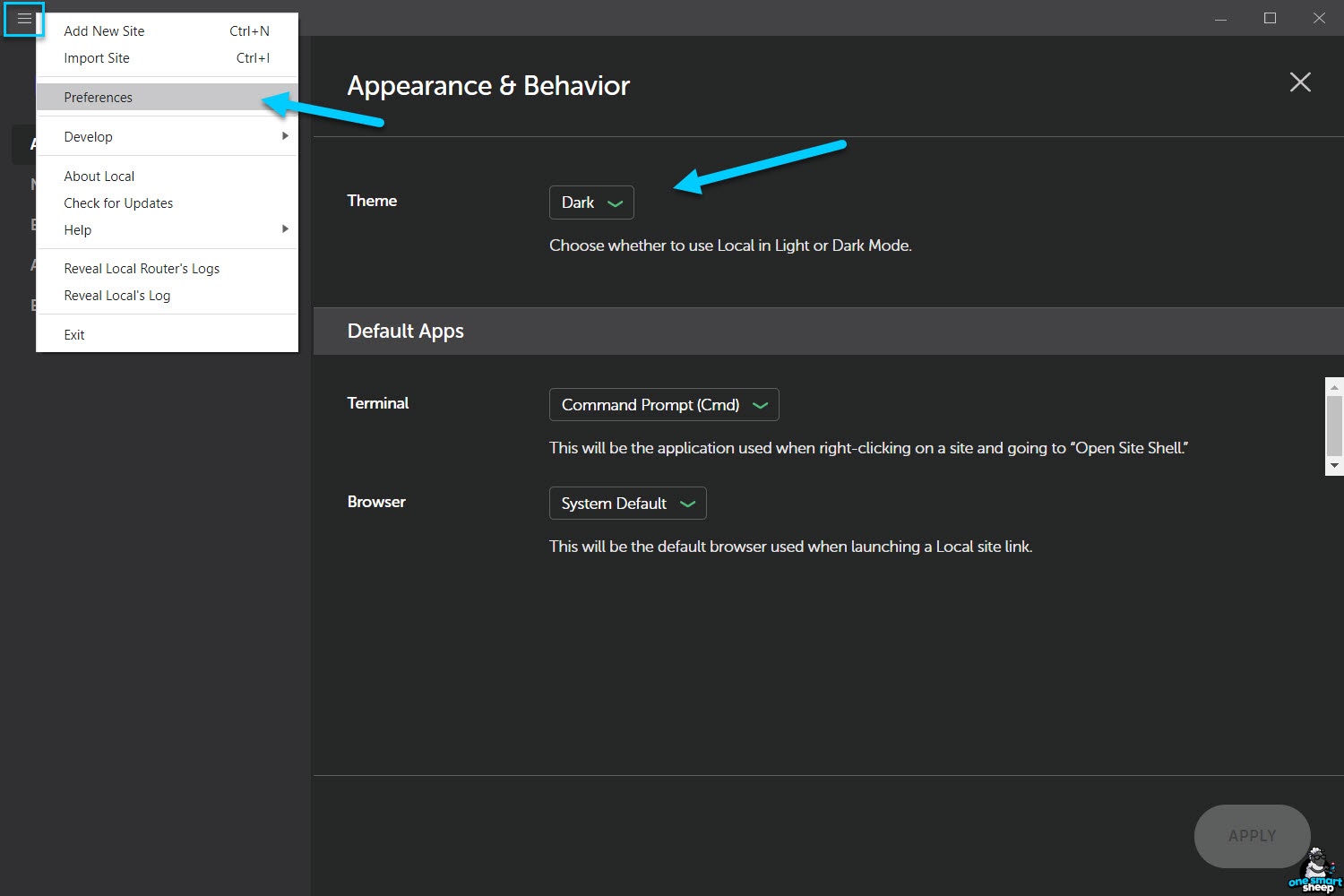
- It’s effortless. You don’t need to worry about downloading the zip file of WordPress or playing with different settings of MySQL databases or phpMyAdmin anymore. You just put some information, and your WordPress becomes a live site instantly.
Wrapping Up
It’s 2021, and we should use technologies that have updated, fast and responsive. People should move to LocalWP, not because we’re affiliated with them anyway, but it has saved us countless hours in the long term.
Moreover, you have learned how to make it even faster by installing WordPress on your RAM, which is 30 times faster than your SSD. I hope you enjoyed the tutorial. Don’t forget to impress your friends :)
Did you like the tutorial? Have a question you always wanted to ask related to WordPress? We reply to each comment.

















.svg)
.svg)
.svg)

